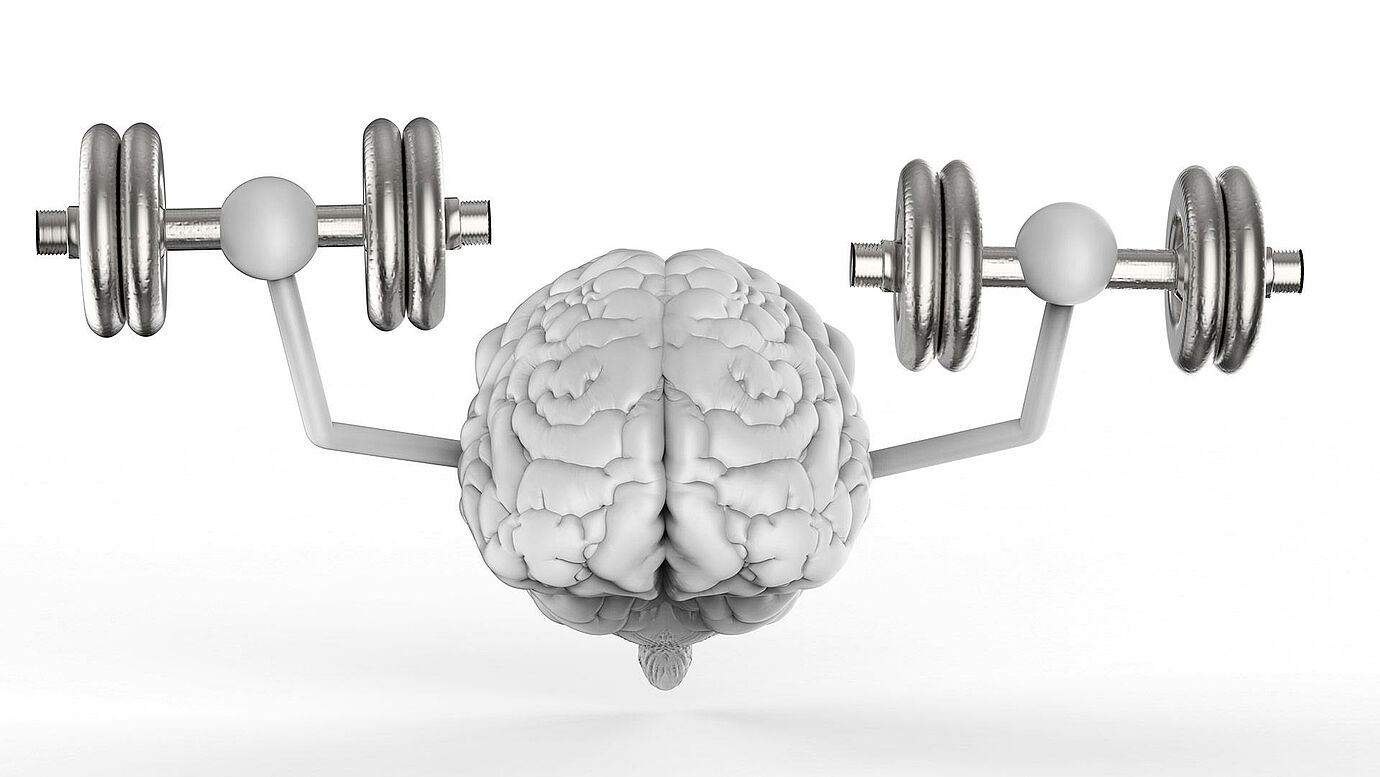Is mindfulness for leaders a mere fad? - Part 6 of the blog series: Influencing yourself and others
Then why all this mindfulness kerfuffle? What do you think?
The answer lies at the centre of our functioning - the brain. Our brain is wonderfully efficient. It automates as many processes as possible. The famous American psychologist William James (1842-1910) summed it up way before the first FMRI scan: "Human behavior is more flexibly intelligent than that of other animals because we have more instincts than they do, not less.“1 Neuroscience has confirmed this - once we have learned something, it is automated and often moved to other parts of the brain. That's why experienced golfers use other regions of the brain than grass-hitting novices.2 More precisely: The newcomers operate strongly with the limbic and planning regions, while the experts put more energy into the regions that automatically translate what they perceive into powerful action (visuomotor transformation).
We are run by automatic reactions
Back to our everyday life: Once we as humans have internalized reaction patterns, they come automatically. To put it clearly: The employee checks something for the third time – bang, I become strict. The new team member has formatted my document incorrectly – bang, I get loud. The supervisory board criticizes the figures – bang, I get irritated.
Hours later, I may realize that I do not explain things very well and that therefore the employee had to check; that the team member has only been here for two weeks and that I had not organized a handover by her colleague with regard to my wishes; and that I had failed to prepare the Supervisory Board in individual conversations for the lower figures. But what did I do instead at the moment? Looked sternly, snarled and reacted with irritation. Not exactly ideal for a leader who wants to be competent.
And here it comes: Mindfulness is nothing else but training the brain to recognize its automatisms before we fall victim to them. For as soon as I recognize them, I have the choice: Glare or not. Snap at someone or not. Sometimes it may be right to make a clear statement, if necessary, with all the consequences - but I should do it consciously. (Although being irritated with the supervisory board probably never helps...)
So it is important that through mindfulness we regain sovereignty over our standardized reactions. For many other things, our efficient system may of course remain in place: I don't want to have to notice every step I take, every gear shift I make or every letter I type - but having the opportunity to act AWARE is fundamental for every leader.
Practice, practice and practice again
How does mindfulness do this? Through practice, crude practice. If I learn to regularly concentrate on my breath, or to expand my attention for everything that there is, then those regions of the brain that are responsible for conscious decision making become stronger. The prefrontal cortex, which is so important for the so-called executive functions, is strengthened vis-à-vis the amygdala - an old part of our brain that is even more strongly engaged than other regions in emotions and therefore reactivity. The results of this regular training are greater attention control, better regulation of emotions and more awareness of what is going on inside you.3
So now we see that mindfulness cannot be a trend, but is a sine qua non. Only if you are aware of what it is that you automatically want to do, can you do something about it and really make conscious decisions.
What can you do now? For one thing, take another look at the topic of mindfulness in a non-judgmental manner. On the other hand, you can watch the wonderful film "All about time", in which you can observe someone becoming more and more conscious. Or read the book "Search Inside Yourself" that explains why nearly everyone at Google meditates.
Click here not to miss any of the biweekly blogs on influencing. In addition, every two weeks you will be able to download a different chapter of the book "24 Karat Success" for free. The 24 chapters cover different aspects of how to influence yourself and others as PDF or ePub (eReader only) version.
Have a first glance at the book as PDF or ePub (only for eReader).
1James, W. (1890). The principles of psychology New York. Holt and company.
2Milton, J., Solodkin, A., Hluštík, P., Small, S. L. (2007). The mind of expert motor performance is cool and focused. Neuroimage, 35(2), 804-813.
3Tang, Y. Y., Hölzel, B. K., & Posner, M. I. (2015). The neuroscience of mindfulness meditation. Nature Reviews Neuroscience, 16(4), 213-225.;

